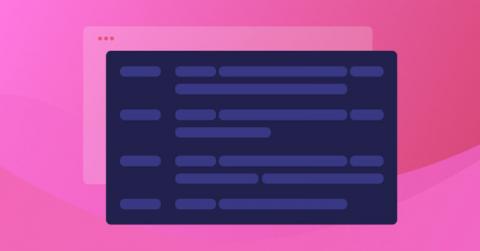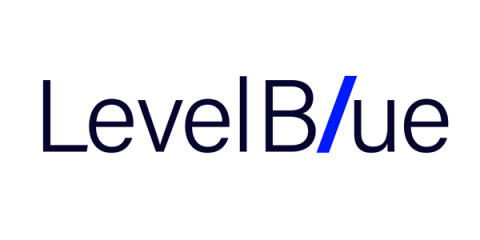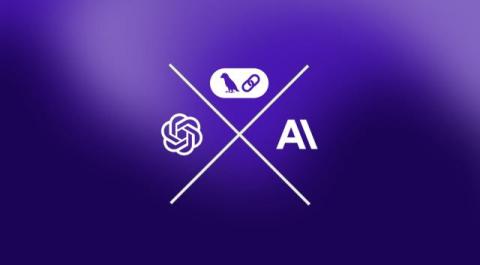How SASE and the Internet Took Over Wide Area Networks (Part 2)
This blog is part of the ongoing “I&O Perspectives” series, which features insights from industry experts about the impact of current threats, networking, and other cybersecurity trends. In the first part of this blog series, we observed the inception of an internet-based model where corporate networks have no borders anymore, home is the office, applications are in the cloud. This paradigm shift makes connectivity ubiquitous. But security risks have dramatically increased.










